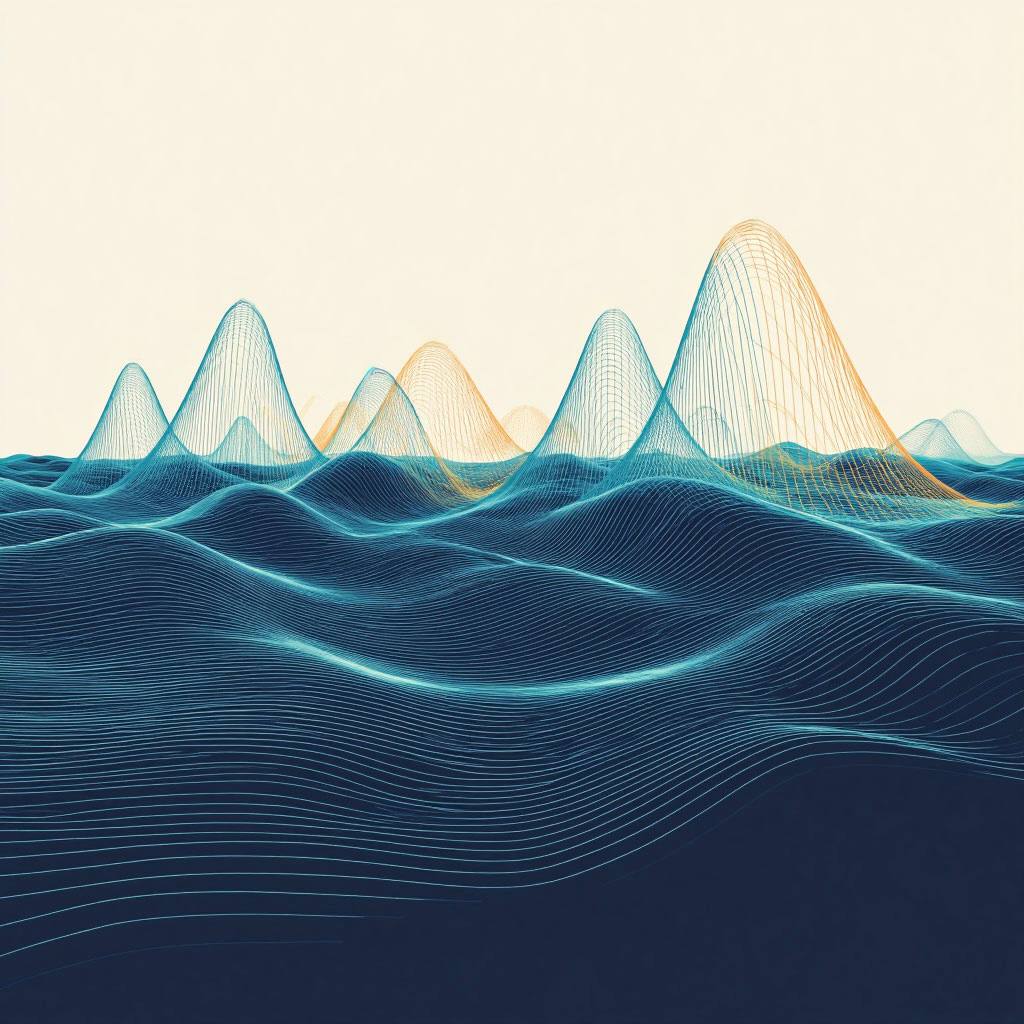
Scientists from Princeton University claim that a neural network can manipulate radio waves to avoid physical obstacles.
This paves the way for the widespread use of the sub-terahertz range — the future of ultra-fast data transmission.
Problem
1. The higher the frequency of radio waves, the more data they carry.
2. However, ultra-high-frequency signals (in the sub-terahertz range) require line-of-sight:
• communication is interrupted when moving from room to room
• even bookshelves and furniture interfere
• traditional methods (reflectors, spatial scanning) are inconvenient and ineffective
Solution: The scientists took an unconventional approach:
1. They twisted radio waves into Airy beams*—they are capable of propagating along curved trajectories, skirting obstacles.
2. They trained a neural network using the physical principles of propagation of such beams—this allowed the system to instantly adapt to environmental changes.
Significance of the research
The sub-terahertz range is capable of transmitting 10 times more data than current wireless systems, which is critical for:
• fully immersive virtual reality,
• fully autonomous vehicles,
• other technologies that require lightning-fast transmission of massive amounts of information.
Results: the new system demonstrated:
• a 17.7 dB increase in signal strength compared to traditional methods,
• operation in a bandwidth of up to 10 GHz,
• the ability to reconfigure in real time when new obstacles appear.
What's next?
According to research leader Yasaman Ghasempur, the technology will enable the creation of transmitters that:
"...can intelligently navigate even the most challenging environments, providing ultra-fast and reliable communications for technologies that seem unattainable today."
Details of the study were published in Nature Communications.
*An Airy beam is a special non-diffracting waveform that propagates along a curved parabolic trajectory without spreading (being undiffracted).
Share your thoughts in the comments on the official RCC Telegram channel.















